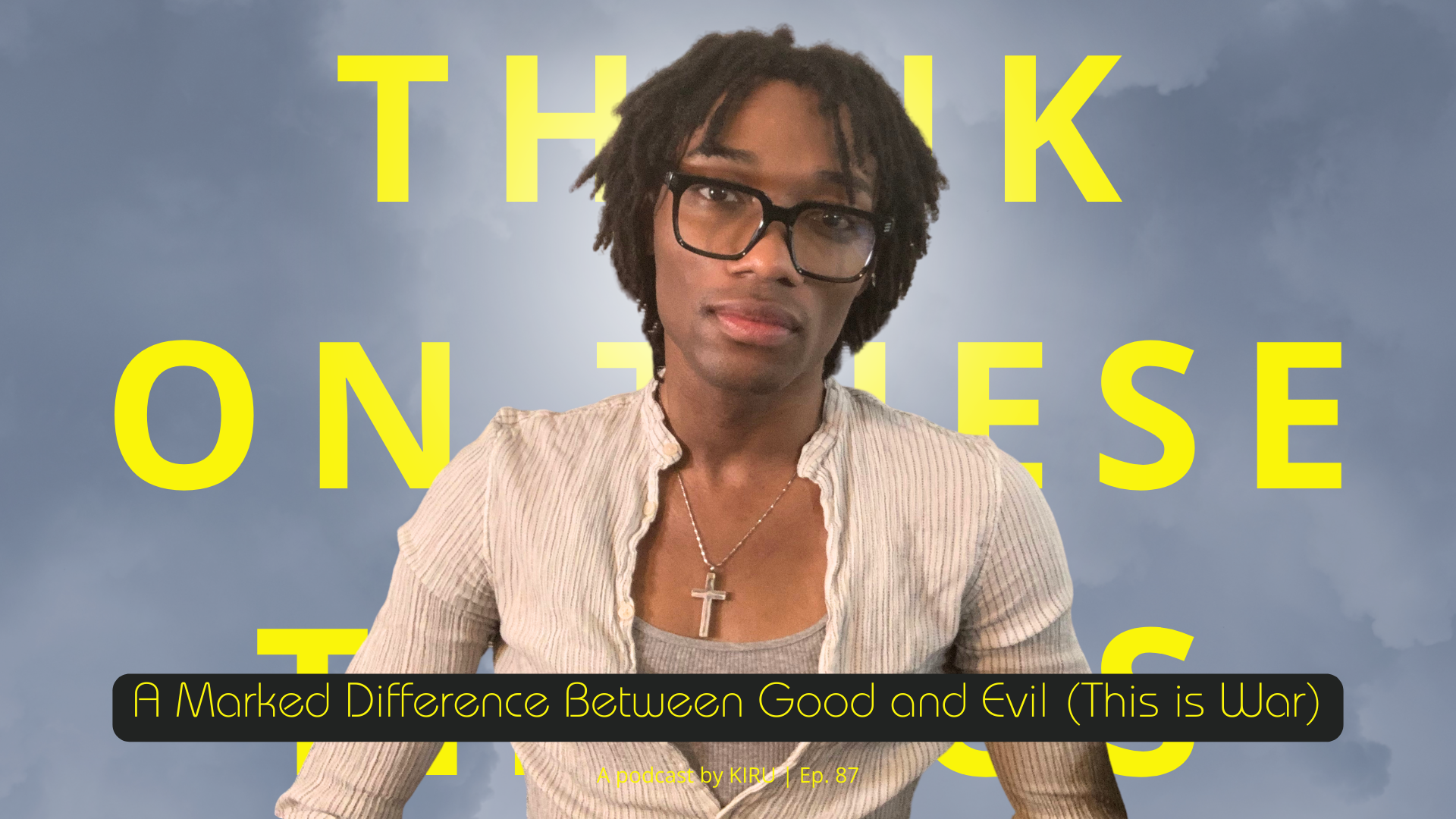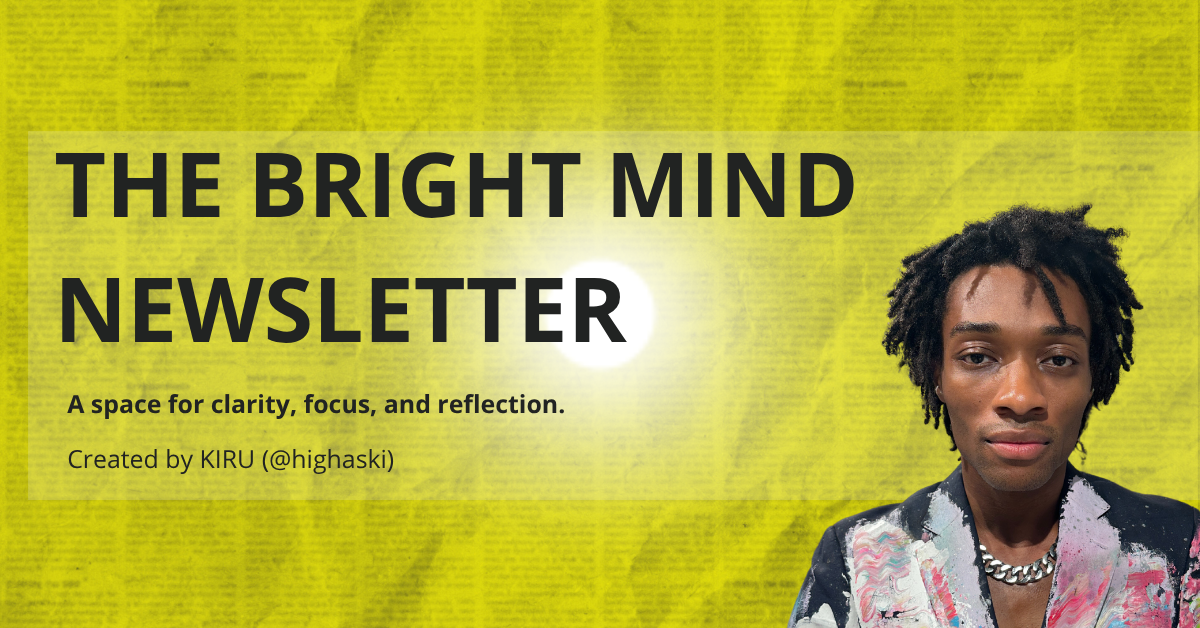The Anchoring Bias: How the First Thing You Hear Shapes Everything That Follows
From courtroom verdicts to the price of a TV, a single, often irrelevant piece of information has the power to control your mind. Here's how.
Of all the subtle glitches in human reasoning, few are as powerful or pervasive as the anchoring bias. This cognitive bias describes our tendency to rely too heavily on the first piece of information we receive—the "anchor"—when making decisions. Whether it's a price tag, a statistic, or a first impression, that initial data point latches onto our minds, shaping our subsequent judgments and evaluations, often without our awareness. Understanding this phenomenon is crucial because it quietly influences everything from our shopping habits and salary negotiations to legal verdicts and medical diagnoses. It’s a fundamental shortcut our brain takes that, while efficient, can lead us far astray from rational thought.
The Origin of the Anchor
The concept of anchoring was first formally identified and explored by two titans of psychology, Amos Tversky and Daniel Kahneman. In their groundbreaking 1974 paper, "Judgment under Uncertainty: Heuristics and Biases," they dismantled the long-held belief that humans are primarily rational decision-makers. Instead, they proposed that we rely on a series of mental shortcuts, or heuristics, to navigate a complex world. Anchoring was one of the most compelling.
Their classic experiment was ingeniously simple. They had participants spin a wheel of fortune that was secretly rigged to land on either 10 or 65. Immediately after, they asked the participants a seemingly unrelated question: "What percentage of African nations are members of the United Nations?"
The results were stunning. The number on the wheel, though completely random and irrelevant, had a dramatic effect on their estimates. The group that landed on 10 estimated, on average, that 25% of African nations were in the U.N. The group that landed on 65 provided a much higher average estimate of 45%. The arbitrary number served as a powerful mental anchor, and participants adjusted their final answer from that starting point. This study revealed that even when we know a piece of information is meaningless, it can still profoundly warp our judgment.
The Evolution of an Idea
Initially, Tversky and Kahneman’s work on heuristics and biases was largely confined to academic psychology. However, its implications were too vast to remain there. In the 1980s and 90s, the concept of anchoring became a cornerstone of the emerging field of behavioral economics, which blends psychological insights with economic theory. Kahneman would later win the Nobel Memorial Prize in Economic Sciences in 2002 for this work, cementing the idea that human irrationality is not random but predictable.
As the concept gained fame, its applications and interpretations expanded. Researchers in marketing and sales quickly recognized its power. The "Manufacturer's Suggested Retail Price" (MSRP) isn't just a suggestion; it’s an anchor. When a car dealership or electronics store shows a high MSRP next to a lower sale price, they are anchoring your perception of the item's value, making the sale price seem like an incredible bargain.
The legal field also took note. Studies showed that judges' and juries' decisions could be swayed by anchors. A prosecutor's demand for a long sentence, even if extreme, can anchor the jury's deliberations, resulting in a harsher final verdict than if a lower number had been mentioned first. Similarly, the first settlement offer in a civil suit often sets the boundaries for the entire negotiation. The understanding of anchoring evolved from a simple "insufficient adjustment" model to include more complex mechanisms, like priming—where the anchor makes certain thoughts and concepts more accessible in our brain.
Anchoring in the Modern World
Today, the anchoring bias is a well-understood and widely exploited phenomenon. Its influence is everywhere, often operating in ways that are designed to manipulate our choices.
Salary Negotiations: The first number put on the table in a salary negotiation—whether by the employer or the candidate—has a disproportionate effect on the final offer. This is why career coaches often advise being the first to name a high, well-researched number.
Real Estate: A home's listing price acts as a powerful anchor. Even if the market suggests a lower value, buyers and agents will frame all offers and counteroffers in relation to that initial figure.
Media and Public Opinion: A news headline that leads with a shocking statistic (e.g., "Thousands at Risk!") can anchor public perception of an issue, even if later context reveals the number is misleading or represents a worst-case scenario.
Social Interactions: Our first impression of a person often serves as an anchor, coloring how we interpret all their future actions. If our initial impression is negative, we may be more likely to view their subsequent behaviors through a critical lens.
The ethical implications are significant. While a restaurant might use anchoring to make a $30 entrée seem reasonable by placing it next to a $50 "market price" special, the same principle can be used in more predatory ways. For instance, payday lenders might anchor a borrower's attention to a small, seemingly manageable bi-weekly payment, distracting them from the astronomically high annual percentage rate (APR).
Navigating a World of Anchors
Recognizing the anchoring bias is the first step toward mitigating its effects. It’s not about eliminating mental shortcuts—they are a necessary part of thinking—but about knowing when to pause and engage in more deliberate, critical thought.
Here are a few ways to protect yourself:
Acknowledge the Anchor: When you encounter a number, price, or initial piece of information, consciously identify it as a potential anchor. Ask yourself: "Is this figure based on objective value, or is it just the first number I saw?"
Make the First Offer: In any negotiation, from buying a car to discussing a project deadline, try to be the one to set the initial anchor. Do your research and start with a number that is ambitious but defensible.
Seek Out Other Information: Actively challenge the anchor by gathering multiple data points. If you're buying a TV, ignore the "was $1,200" tag and instead research what similar models from other brands are selling for. Broadening your perspective dilutes the power of a single anchor.
Re-frame and Re-anchor: If someone presents an anchor you feel is unreasonable, don't just negotiate from it. Explicitly call it out and introduce a new frame of reference. For example, in a salary negotiation, you could say, "The number you've suggested is out of sync with the industry standard for this role, which my research shows is closer to X."
By understanding the anchoring bias, you gain a powerful tool for self-awareness. You can begin to see how your own judgments are shaped and learn to recognize when others might be trying to shape them for you. It empowers you to move from being a passive passenger in your decision-making to being a more conscious, intentional driver.
Keep Going!
Check out these related posts








